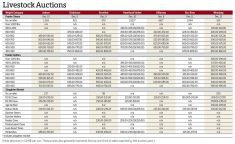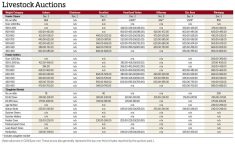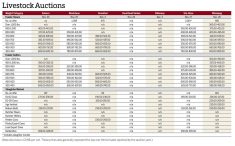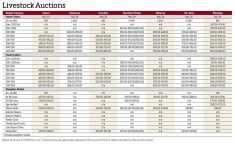Reuters – An estimated 7.03 million head of cattle will have been processed in 2023 after spending 90 days in Brazil’s feedlots, a survey of that nation’s cattle market by Dutch nutrition company DSM Firmenich showed Nov. 27.
The projection was largely steady from 2022’s 7.048 million.
Cattle finished after passing through feedlots represents around 25 per cent of total animals slaughtered in Brazil, up from between eight and 10 per cent in recent years, DSM executives said.
Read Also
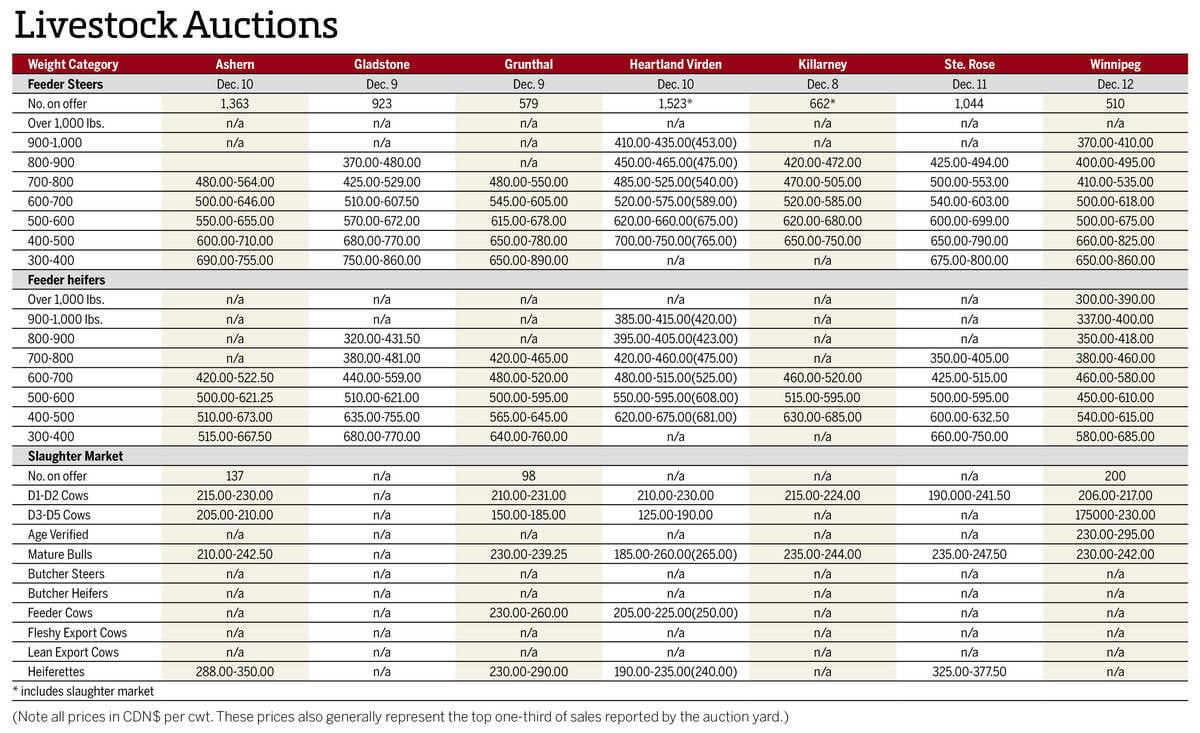
Manitoba cattle prices Dec. 16
Here’s what local farmers were getting paid last week for their cattle at Manitoba livestock auction marts; prices covering the week Dec. 8-12, 2025.
Use of feedlot facilities by Brazilian ranchers has been growing as they seek more efficient ways to raise and finish livestock.
In 2024, more Brazilian cattle should pass through feedlots than in 2023, DSM said, but did not give an exact estimate.
DSM provides a range of solutions to livestock farmers, including a feed additive called Bovaer designed to reduce methane emissions from dairy cattle by 30 per cent and up to 45 per cent for beef cattle.
In Brazil, the world’s biggest beef exporter, DSM’s Bovaer product faces challenges, as most cattle graze freely in pastures and are not fed as often as in feedlots, executives said.
DSM manager Fernanda Nogueira said the company is developing a molecule that cows would ingest less frequently. The aim is to achieve similar methane-reduction levels, regardless of whether animals were raised in pastures or in feedlots.
Brazil, which boasts the world’s largest commercial cattle herd and is the second biggest beef producer after the U.S., has 234.4 million cattle, according to the government’s census bureau IBGE.
In 2015, Brazilian cattle passing through feedlots totaled 4.75 million head, according to DSM calculations. The number fell in the following year to 3.75 million head, but rose steadily through 2022, DSM said.



